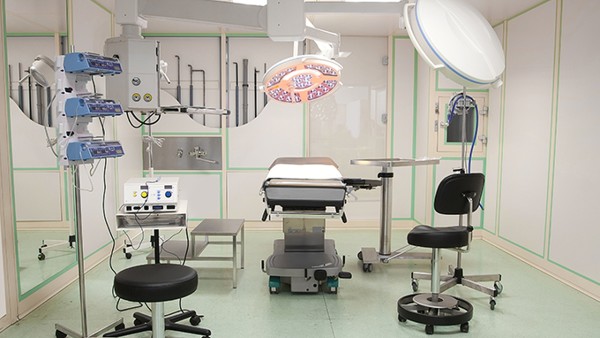Neonatal Physiological Jaundice is Related to Bilirubin Metabolism

Neonatal physiological jaundice is the yellowing of a newborn's skin and whites of the eyes that occurs within the first few days of life. It is caused by a build-up of bilirubin, a yellow pigment that is produced when red blood cells are broken down.
Bilirubin Metabolism
Bilirubin is a waste product that is produced when heme, the iron-containing molecule in red blood cells, is broken down. Heme is released from red blood cells when they are destroyed. The liver then processes the heme and converts it into bilirubin.
Bilirubin is then transported from the liver to the gallbladder, where it is stored. When the gallbladder contracts, bilirubin is released into the intestines. Bilirubin is then excreted from the body in the feces.
Neonatal Physiological Jaundice
In newborns, the liver is not fully mature and cannot process bilirubin as efficiently as in ***s. This can lead to a build-up of bilirubin in the blood, which can cause jaundice.
Neonatal physiological jaundice is usually mild and does not require treatment. It typically resolves within a few weeks as the liver matures. However, in some cases, neonatal physiological jaundice can be severe and require treatment.
Treatment of Neonatal Physiological Jaundice
The treatment for neonatal physiological jaundice depends on the severity of the condition. In mild cases, no treatment is necessary. In more severe cases, treatment may include:
Phototherapy: Phototherapy is a treatment that uses light to break down bilirubin. The newborn is placed under a special light that emits blue or green light. The light helps to convert bilirubin into a form that can be excreted from the body.
Exchange transfusion: In severe cases of neonatal physiological jaundice, an exchange transfusion may be necessary. This procedure involves removing the newborn's blood and replacing it with donor blood.
Complications of Neonatal Physiological Jaundice
In most cases, neonatal physiological jaundice is a harmless condition. However, in some cases, it can lead to complications, such as:
Kernicterus: Kernicterus is a rare but serious condition that can occur if bilirubin levels become too high. Kernicterus can cause damage to the brain and nervous system.
Liver damage: In severe cases, neonatal physiological jaundice can lead to liver damage.
Prevention of Neonatal Physiological Jaundice
There is no way to completely prevent neonatal physiological jaundice. However, there are some things that can be done to reduce the risk of developing the condition, such as:
Avoiding premature birth: Premature babies are more likely to develop neonatal physiological jaundice.
Ensuring that the newborn is getting enough to eat: Newborns who are not getting enough to eat may be more likely to develop neonatal physiological jaundice.
Avoiding certain medications: Some medications can increase the risk of neonatal physiological jaundice.
Conclusion
Neonatal physiological jaundice is a common condition that is caused by a build-up of bilirubin in the blood. The condition is usually mild and does not require treatment. However, in some cases, neonatal physiological jaundice can be severe and require treatment.
The above is all the content that the editor wants to share with you. I sincerely hope that these contents can bring some help to your life and health, and I also wish that your life will be happier and happier.
Topic: #jaundice #is #neonatal










